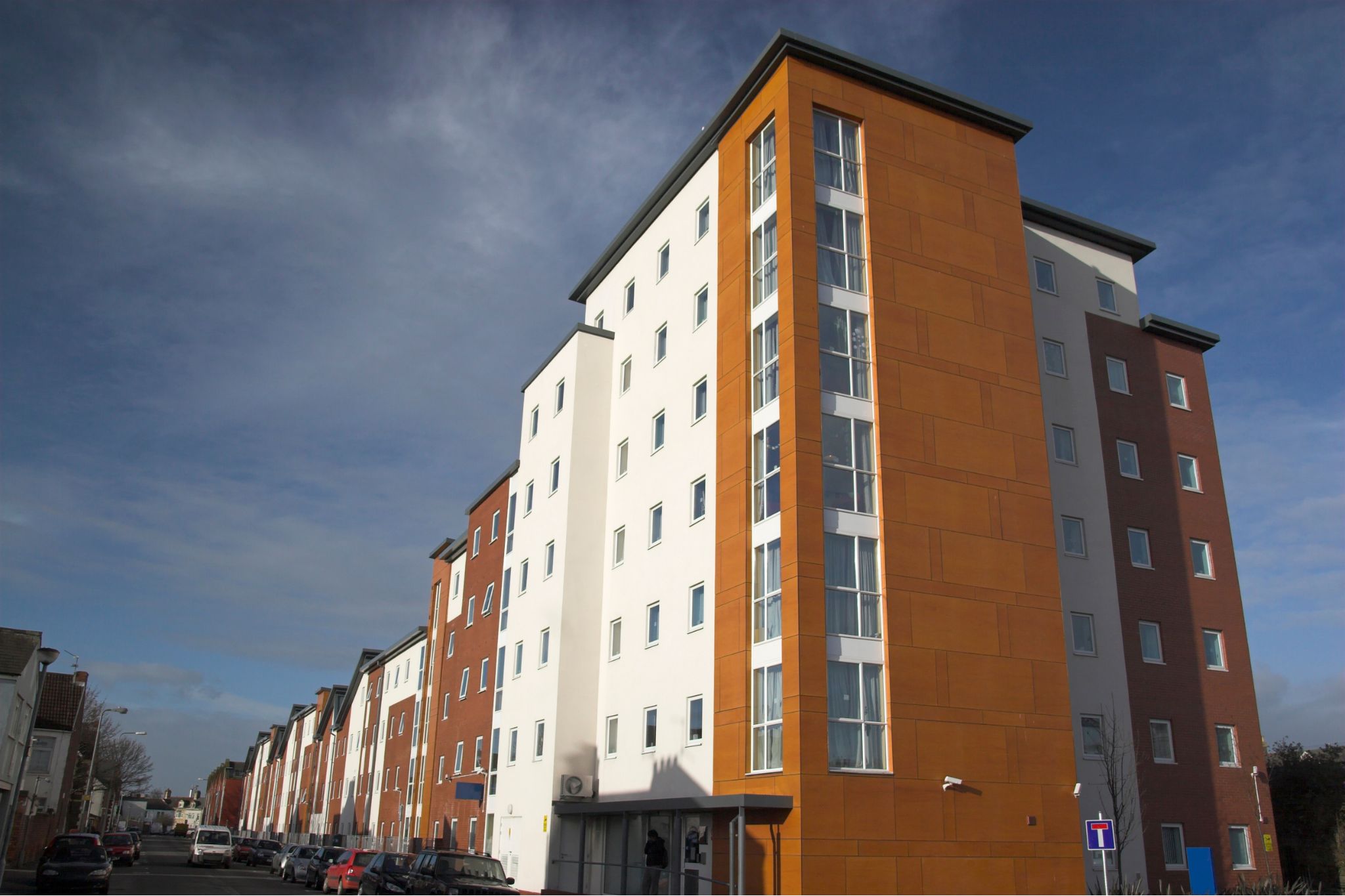The Regulatory Reform (Fire Safety) Order 2005 makes it a statutory requirement for fire risk assessments to be carried out on the vast majority of commercial premises in England & Wales.
However, what is not always recognised, is that fire risk assessments are also required to be carried out on Houses in Multiple Occupancy (HMOs), and on blocks of flats (the communal circulation areas, and landlords domains). Fire risk assessments in HMOs and blocks of flats would pay particular attention to the status of partition walls, and the installation and compliance of fire doors.
A fire risk assessment of an HMO or block of flats would include details of how occupants would be alerted to any fire that might be developing in their building. While it is common practice that there would always be a full and immediate evacuation of an HMO, current protocols are that the evacuation strategy in a block of flats is to adopt a ‘stay-put’ policy.
The fire risk assessment would be able to confirm that:
- There are no breaches to partition walls that could enable a fire to spread between ‘fire compartments’
- All internal fire doors are compliant
However, whilst it could be considered acceptable to adopt a ‘stay-put’ evacuation strategy, this assumes that all persons would be inside a flat at the time of a developing fire. Therefore, the fire risk assessment would consider how persons in the communal space, or this entering g the building, could be alerted to the potential danger from a developing fire.
The fire risk assessment would also consider how the Fire & Rescue Service could make an immediate alert to all occupants that there is a need to commence full and immediate evacuation due to the fire becoming uncontrollable. In other words, is there a requirement for an Evacuation Alert System in accordance with British standards BS8629:2019.
Although the status of fire doors has always been regarded as an important factor in fire risk assessments, particular emphasis has been placed on compliance as a result of the tragedy at Grenfell Tower, and issues resulting from safety protocols implemented during the Covid-19 pandemic. The latter resulted in many fire doors being propped or wedged open in an effort to reduce touch points and the potential spread of the virus.
However, although it can be legitimate to hold fire doors open, they must be in position to close automatically in the event of fire alarm activation. There are many ways in which this can be achieved. However, it is only by having a fire risk assessment carried out, that a suitable and acceptable solution can be advised. Fire door that remain open during a developing fire would enable the fire to spread throughout the building to a greater extent than would be safe for occupants.
Other issues found with fire doors include:
- The wrong hinges are used, or that even the correct hinges have not been installed correctly
- Intumescent strips & cold smoke seals are not installed, or not installed fully
- Door closers not fully shutting doors into door frames
- Excessive gaps between the door and the frame
- Damage to the door or frame
- Damage to vision panels
A comprehensive door-by-door inspection would provide details of all fire doors that are fully compliant, as well as detailing all deficiencies that would compromise the integrity of the door.
DB Fire Safety Limited are qualified to carry out a comprehensive door-by-door inspection of fire doors; providing a documented and detailed report for your records.
For further information on how DB Fire Safety Limited can help with your fire risk assessments, or fire door inspections, you can email David Black at david@dbfiresafety.co.uk.
Alternatively phone 0800 772 0559

